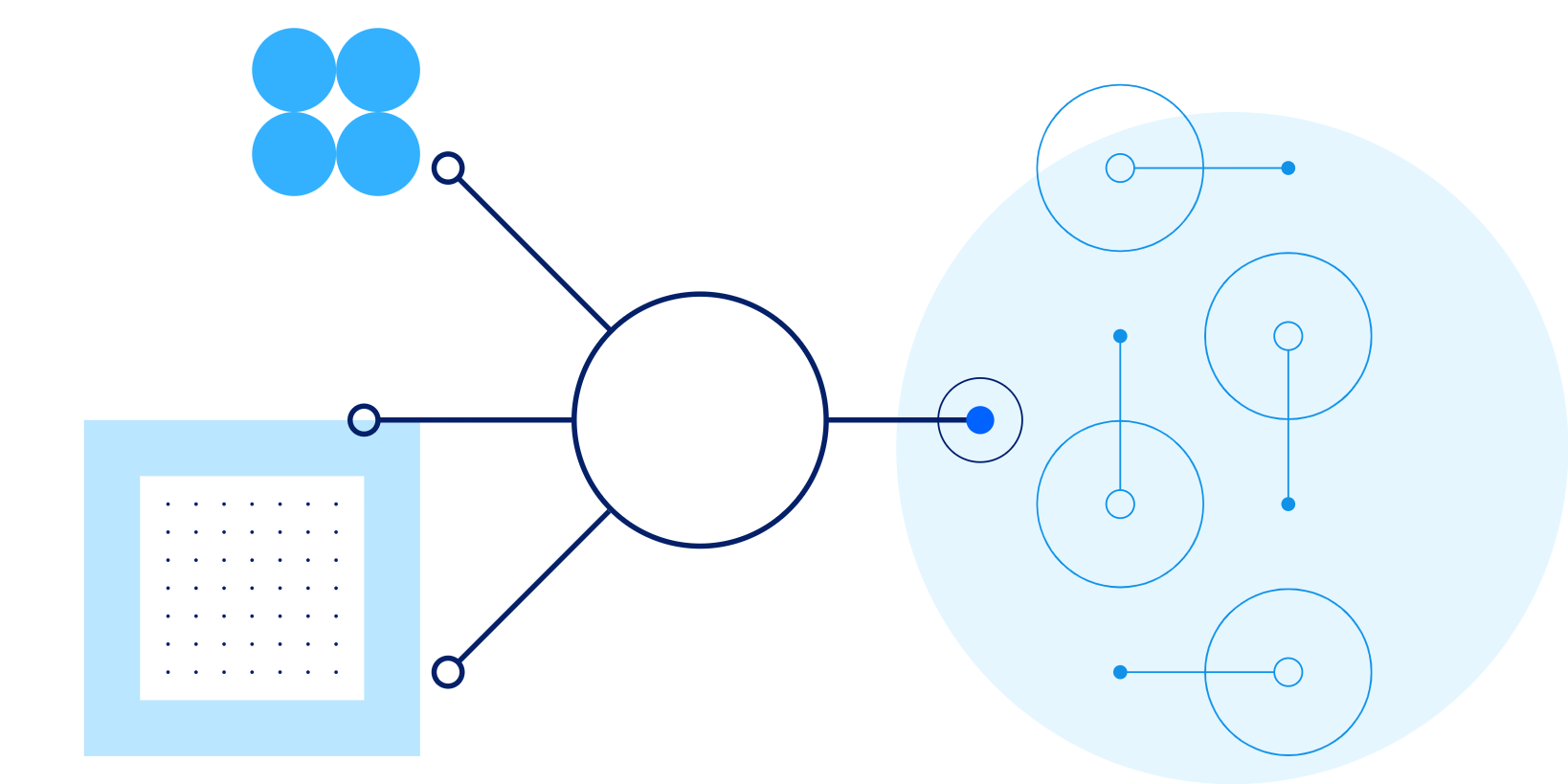Perspectives
Return to the workplace with confidence
23 November, 2020 | Written by: Louise Skordby
Categorized: Perspectives
Share this post:
2020 has been the year of unforeseen challenges for businesses and society alike. In the face of crisis, people are becoming increasingly concerned with health and safety measures. To demonstrate to employees that they are protected, organizations need to ensure that health and safety policies are being fully implemented and that there are quick responses in place for when those policies are breached.
Planning to bring your workforce back on site
As you and your employees adapt to the new normal of conducting business during a pandemic, you need a back-to-work plan that takes away from the uncertainty of tomorrow. The first step is determining who is essential and who can work remotely. After that, you should prioritize the creation of safer spaces that follow both government and medical guidelines that staff can trust and clearly understand as they return to work.
Organizations in high-risk industries are familiar with solutions that enable them to use existing technologies like Bluetooth, wearables, video feed and advanced analytics to monitor their workforce and their workspaces, ensure safety, prevent incidents and provide swift responses in case of alerts. Solutions like these can help you ensure the health, safety and productivity of your employees when they are back on site. Moreover, you can leverage these solutions for future growth once the pandemic extinguishes.
When your workforce is back on-site, you need sustainable and efficient ways to support them and to ensure they can stay healthy and productive:
1. Optimize your spaces
One of the most important ways in which you can support your staff is making sure their workplace is perfectly optimized to address safety and regulatory concerns.
Planning for social distancing is difficult. It’s not about putting up dividers for the cubicles in your office building, and it’s not about reconfiguring the workspace to allow for optimal distance. It’s about creating an environment where workers can feel safe enough to be productive. Modern technology enables you to take space optimization to the next level.
Monitor space occupancy and make sure to send out alerts when predefined maximum capacities are achieved. Leverage security cameras and other peripheral devices to monitor the physical distance between members of your staff and create notifications for employees when they are too close to each other. Monitoring and encouraging social distancing compliance are small but essential steps in making the workplace safer for your workforce.
Once you have gathered enough data, you can apply advanced analytics to design smart access routes and traffic flow patterns that minimize worker contact. In case of alerts, you can define and monitor restricted, no-go areas within your site, with alarms set up for breaches.
2. Ensure your workforce is healthy
Maximize your workspace optimization efforts by making sure your employees aren’t sick when they come in, and by proactively monitoring their health at the site.
In the current context, the first indicator of work fitness is body temperature. Measuring and actively monitoring this data, paired with the biometric and behavioural data that smart solutions gather from wearables and devices can help you easily identify and contain potential health risks within your organization. Alongside this, you can set up a face mask detection solution that empowers you to see in real-time the least protected spaces and enables you to rapidly remind your workers to wear their protective equipment while they are on site.
Smart analytics can easily turn all that data into actionable insight and help you put compliance at the centre of safety. Predictive prevention can enhance your return-to-work strategy, enabling you to take immediate preventative actions in the event of a hazard.
3. Keep your operations going
To resume operations quickly and securely, organizations need tools that offer a comprehensive view of the entire workplace and empower supervisory staff to monitor and enforce rapidly changing regulatory compliance and mitigate risks.
IBM® Worker Insights leverages existing solutions and capabilities to quickly customize a scalable worker and workplace monitoring platform that can help with:
- Social distancing scoring
- Wellness monitoring
- Occupancy monitoring
- No-go monitoring
- Crowd density management
- Body temperature monitoring
- Face mask detection
- Contact tracing
This powerful platform utilizes input from multiple sources, applications and services to extract real-time insight and create a transparent and safe workplace for employers and employees.
IBM works with you every step of the way to create flexible solutions that address your specific business needs. We help you implement the technical solution and we help you with change management and process transformation as you rethink your workplace for the future.
Follow up with an expert IBM consultant and see how you can implement these solutions in your organization to stay resilient and prepared for the future.

Partner - Client Partner, IBM
Generative AI: driving a new era of HR transformation
Helen Gowler, Partner, EMEA Talent & Transformation Lead Today, I’m proud to be part of a company that’s committed to addressing gender bias in the tech industry. IBM is pioneering the use of AI to tackle this issue, and I’m excited to contribute to this effort. Our team is developing AI models that can detect […]
Multi-Modal Intelligence Platform
Traditionally, data management systems provided only numerical or textual based business intelligence primarily for back-office users across finance, sales, customer management and supply chain. Today, we are increasingly seeing data management systems which drive key business functions requiring interrogation of multi-modal data sets from documents, presentations, images, videos to audio. This demands a more sophisticated […]
The use of GenAI to Migrate and Modernise Organisational Core Programming Languages
GenAI is hugely powerful and supports a diversity of use cases by focusing on routine work – allowing people to focus time on value-add tasks, thus enhancing productivity. The focus of this use case is for an organisation which had previously focussed on a legacy set of tooling and programming languages and needed a way […]


